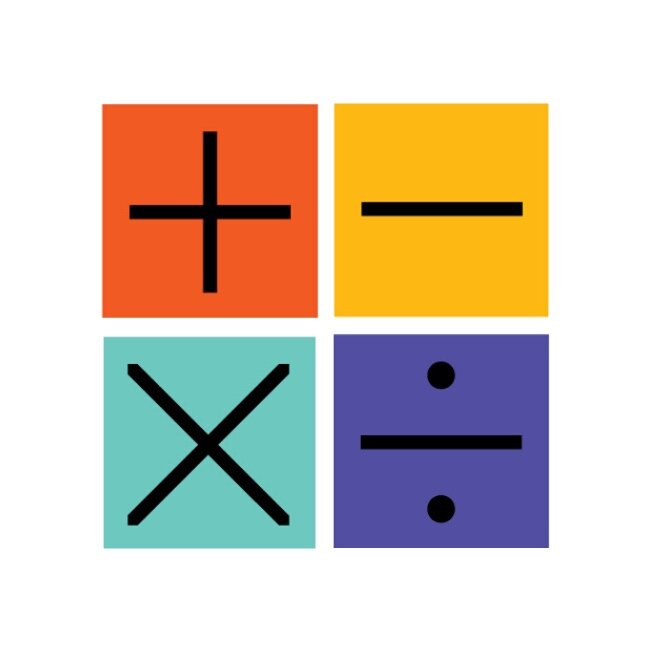9 Ways to Practice Math on a Road Trip - Everyday Math Series
Road trips are a great time for kids to learn. Most commonly we jump to learning about geography, flexibility, scavenger hunts, reading (lots of sign!) and so many audiobooks. Math isn’t always the first thing that comes to mind when you are taking a road trip but I promise that you use it a lot and can share it with your kids.
Below are 9 ways to practice math with your middle or high schoolers on your next road trip, whether it be near or far.
1. Packing the Car
My dad was an expert packer. He would take the week before we left on a trip and slowly start packing things. Everything always had a spot. We never had a big car and taking a family of 4 camping for a week meant every square inch had to be filled. (Right down to the wall of pillows between me and my brother).
Use this packing to your advantage - Have your student calculate the available cargo volume in your car, the volume of your luggage, volume of packing room per person, you get the idea.
2. Yahtzee
When we head camping we always bring 2 games: cards and Yahtzee. Often time Yahtzee gets regulated in the education world as a good skill-building game for elementary students and it is. That doesn’t mean that your middle or high schooler couldn’t use mental math practice. Quick mental math is a great skill and it comes with practice - now could be the time.
3. Math Dice
Another game option is Math Dice. If you don’t have them you should get them! I use these in the simplest form with my 6-year-old but I know they will grow with us for a long time. You can practice addition, subtraction, multiplication, division, and exponents (powers). The best part is both Math dice and Yahtzee can be played anywhere and don’t take up a lot of space. Think picnic lunch break or time at the hotel or campsite after driving.
4. Distance = Rate x Time
What kind of math tutor would I be if I didn’t include this formula? It is the quaint essential math formula for travel and its a great one to use with your kids too. You can use it to estimate driving time (unfortunately it doesn’t include traffic), time per state, make comparisons to on arrival time if you change your speed, etc. This formula is a serious fundamental and the foundation of a lot of word problems your student will see in their academic career. It also makes frequent appearances on ACT Math Tests.
5. Ratios
Lots of opportunities here. You can look at the ratio of the distance of the longest start to the shortest state, the ratio of time spent in each state, the ratio of breakfast costs compared to lunch costs, the ratio of movie time vs book time. You get the idea . . . anything that you can measure you can make into a ratio.
6. Filling the Gas Tank
This is a great place to add in some math on your next journey. Before the trip, you can have your student calculate the estimated number of miles you should be able to travel before needing to fill up. Extend this and have them calculate how far you can go and still have 25% of your gas remaining. After your first fill-up, compare their calculations with reality and discuss what could cause those changes. Another fun bonus here would be to calculate the percentage change of gas prices between the most and least expensive prices.
7. Cost of Food
You could go in several different directions with this one. Your kid(s) could keep a running sum of all the money spent on food and divide out to calculate the average cost per meal. You could also compare the costs of different meals - breakfast: lunch, snacks: dinner, etc.
8. Using a Paper Map
I know crazy right! But hear me out . . . those paper maps have scales and coordinates and its math gold - think of a map as a really big Cartesian plane. Do you remember those?
Use these to calculate the distance between 2 points. Solve the “When will we be there questions?” by having your kiddo calculate the distance between where you are now and your final destination, then calculate the time it will take based on your speed of travel. Have your kiddo become google maps . . . minus the handy traffic feature of course.
9. Camping along the way?
First off - awesome! This is my family's favorite way to travel as well. Setting up a small tent in a breathtaking location . . . doesn’t always go to plan but it sure is nice when it does. I digress though. Use that tent to practice some geometry and trig. Calculate the area of the floor of the tent, volume of the tent, angle of the guide wires (trig), area per person in the tent.








